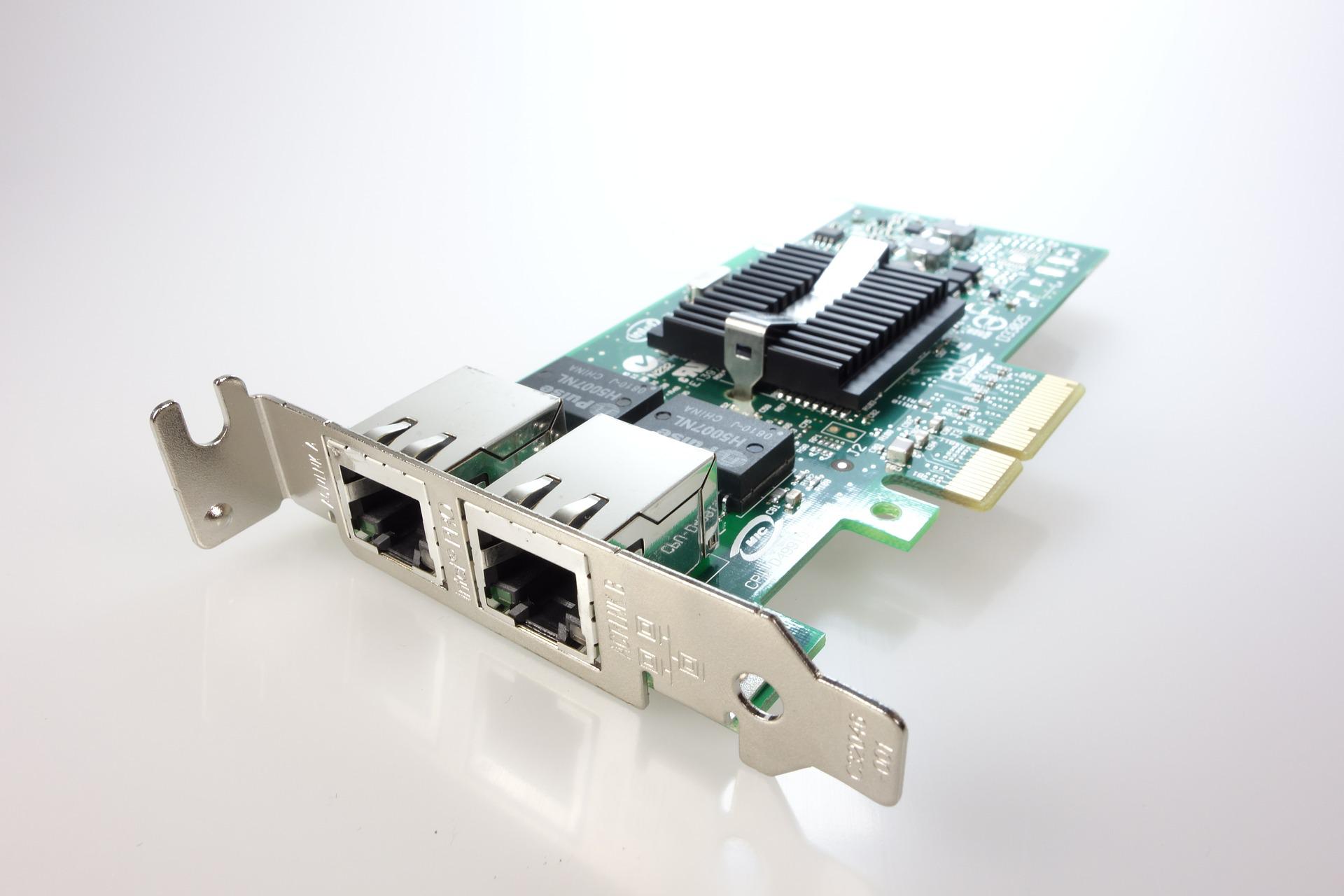Is buying the latest technology worth it?
Let's recap. Why buy used? Cost savings, fast delivery, reliable hardware along with a better warranty and less expensive support. The newest...

I’ll admit, I like the idea of having the latest and greatest technology. It’s kind of fun to have the shiny new toy. But if I’m being honest, I don’t notice a bit of difference between my current iPhone and the one before it. I overheard some people talking about the iPhone’s facial recognition feature versus the thumb print scanner. While the facial recognition feature is slick, is it really any better or faster than using your thumb to unlock your device? It’s not enough for me to want that new phone, so I tend to stay one or two generations behind. I still miss the headphone jack!
OEM partners will tell you new hardware lowers TCO and lifts ROI based on piled-on features only available in the newest models. When considering a refresh, IT leaders must ask themselves “How important is this new feature – will I even use it? Can I justify the expense?” But there’s some sleight-of-hand happening here. The OEMs fail to take into account the time and labor it takes to remove the older gear, configure and install the new hardware, and train the team on any new OS or features.
Let’s not even get into all the months of debugging and TAC calls before the code is truly stable. It’s just a fact that, for most companies, cutting edge features go unused and higher ROI is never realized. Networks are not built in a static environment. New platforms are deployed alongside legacy systems, and those new features often don’t get implemented. Without a complete forklift upgrade, it is nearly impossible to roll out new features across the entirety of the network.
Try a thought experiment. What if, instead of running your gear for the standard 4-5 years, you pushed that out to 7-10? What does that network look like? This is where the value of pre-owned hardware becomes clear.
Here’s a counter-intuitive fact bomb. Used hardware has a lower failure rate than most new hardware. A typical OEM out-of-box failure rate is between 2%-4%. Used networking equipment (if purchased from a reputable company) has a failure rate of less than half of 1%. When you think about it, it makes sense. All the manufacturer’s defects have been weeded out. The technology bathtub curve shows that most solid-state hardware either fails in the first 90 days of its life or runs for 200,000+ hours.
There’s an even simpler reason to add used gear into your mix – availability. Have you ever had a switch go down and tried to replace it, only to find out it is no longer being sold? Now you have to upgrade. You call up your OEM rep and order 7 new switches to replace the single unit that failed. Why are you taking that unplanned budget hit? Because the OEM purposely makes compatibility between old and new an issue. And why do they do that? Because forced obsolescence boosts sales and the adoption of new products. Secondary market providers like Edgeium have stepped in as a cost effective, efficient way for companies to avoid this trap and stick with what works. We can fix that problem by tomorrow, with next to no budget impact.
Last point – don’t throw away what works. It’s bad for the planet and for your bottom line. Instead, augment legacy systems with more of the same. Not only are there no learning curve or OS stabilization concerns, but secondary market providers like Edgeium price hardware at 65%-95% off OEM list price.
You may be asking yourself, “What about support and bug patches?” While that’s a valid question, Edgeium has the answer. Bug patches and fixes are released continually after devices have been in production for years, as it takes time for engineers to find the flaws in a particular OS version or configuration. Buying used equipment allows you to let others do that stabilizing work while you wait and eventually purchase a cheaper, more stable and more reliable device.
Let’s recap. Why buy used? Cost savings, fast delivery, reliable hardware along with cheaper support. If you could save time, effort and money, wouldn’t that be something worth investigating? There’s no time like the present.
Subscribe to our Monthly Newsletter.
✅ Expert IT tips you can actually use
✅ Cost-saving solutions that boost ROI
✅ Straightforward insights — just value
All straight to your inbox.
No spam. No sales pitches. Just better networks.

Let's recap. Why buy used? Cost savings, fast delivery, reliable hardware along with a better warranty and less expensive support. The newest...

Whether it’s network equipment, pickup trucks or toothpaste, the new product adoption curve remains nearly unchanged. Statistically speaking, about...
.jpg)
In today’s fast-paced IT landscape, managing the lifecycle of your hardware is as crucial as the technology itself. IT Asset Recovery stands out as a...